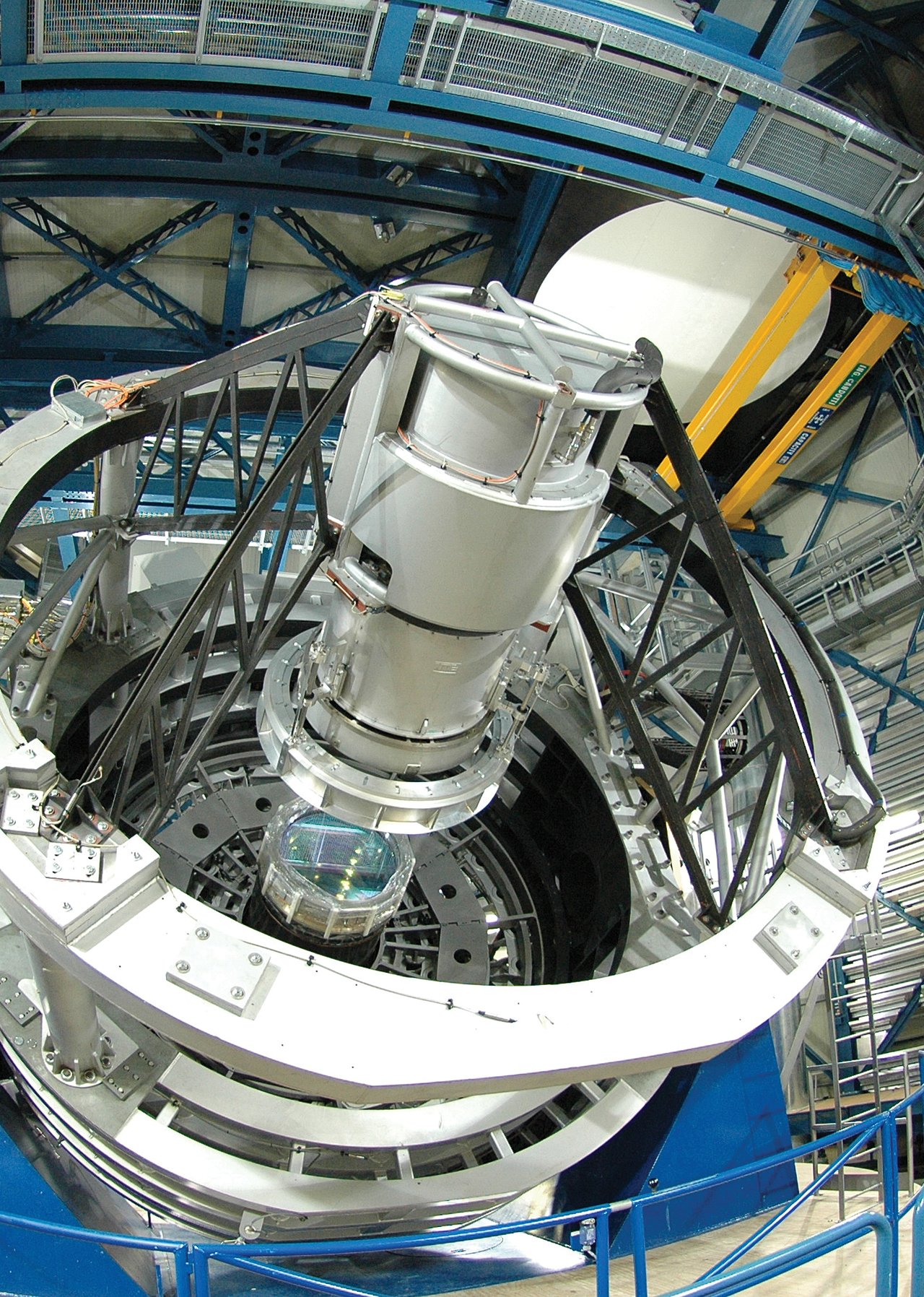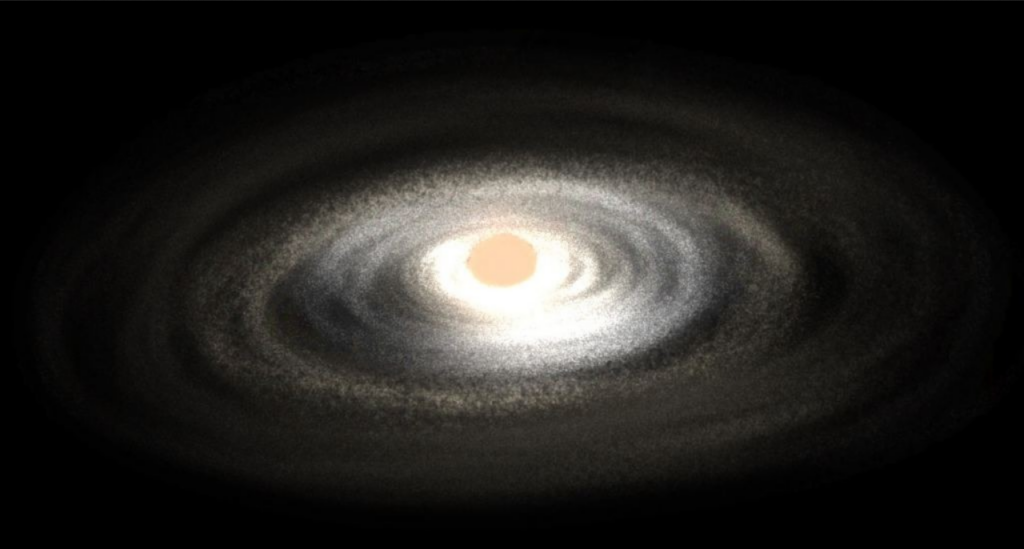In the early era of telescopic astronomy, observations were limited to focusing on small sky regions due to manual processes. Breakthrough work centred around specific celestial objects like nebulas, galaxies, quasars, or pulsars.

Advancements have enabled the construction of telescopes to capture broad sky patches simultaneously, and automation facilitates mapping the entire sky. Contemporary sky surveys, unlike their lengthy predecessors, can detect changes within weeks or days.
This capability to monitor the sky continuously is transforming astronomy, as demonstrated by an infrared sky survey uncovering previously unnoticed stars. A decade-long survey, the Visible and Infrared Survey Telescope (VISTA), allowed astronomers to observe hundreds of millions of stars in infrared wavelengths.
In a series of papers in the Monthly Notices of the Royal Astronomical Society, researchers focused on about 200 stars exhibiting significant brightness shifts. These transient changes provide insights into the subtle dynamics of stars.
One objective was to identify very young stars in the earliest stages of transitioning to fusion-powered stars. Within the selected stars, 32 erupting protostars were discovered, experiencing rapid brightness increases of at least a factor of 40, with some brightening up to a factor of 300. These outbursts, occurring within the surrounding matter disk, may accelerate star growth but could hinder planet formation, leading to the term “squalling newborns.”

Unexpectedly, the team identified 21 red giant stars with dramatic brightness changes at the centre of our galaxy. Known as “old smokers,” these red giants, rich in heavy elements, temporarily fade as they cast off dust clouds, re-brightening when the clouds disperse. This discovery may reshape our understanding of heavy element release into the galaxy for new star formation.






